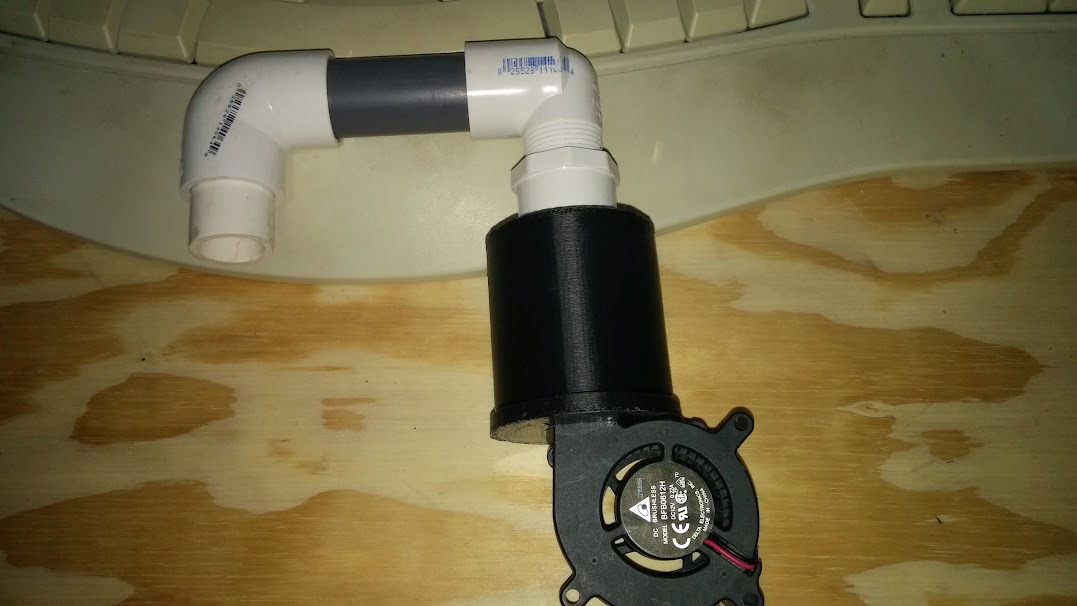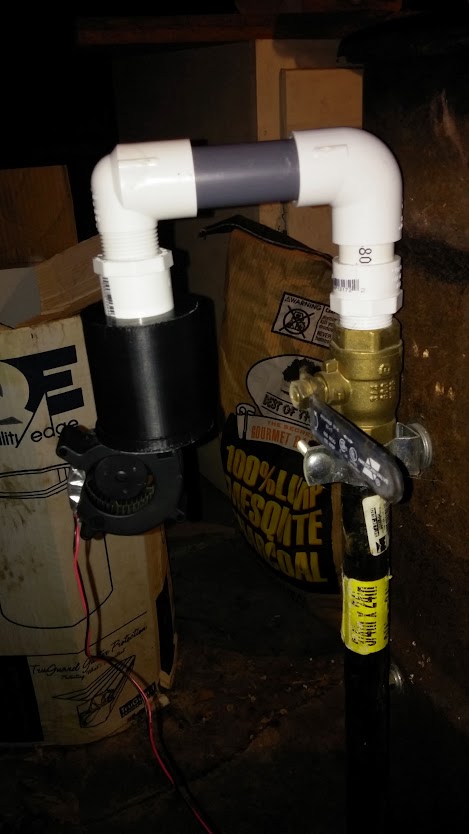RalphTrimble
TVWBB Diamond Member
You eat dinner pretty late.
Life is different for me every day, some days are early but most days are on the late side. This cook was way later than I wanted cause the day got away from me and I clogged and broke my servo valve when I finally got to the grill, but I wanted that shoulder pretty bad, which is why I cooked at 325. I was a bit worried about doing a shoulder that high/fast but it was really excellent. I made sure to let it get up to near 200 degrees where collagen breaks down and it was tender and tasty, specially the bark where the fat layer had been..... mmmmmm good!
Last edited:


